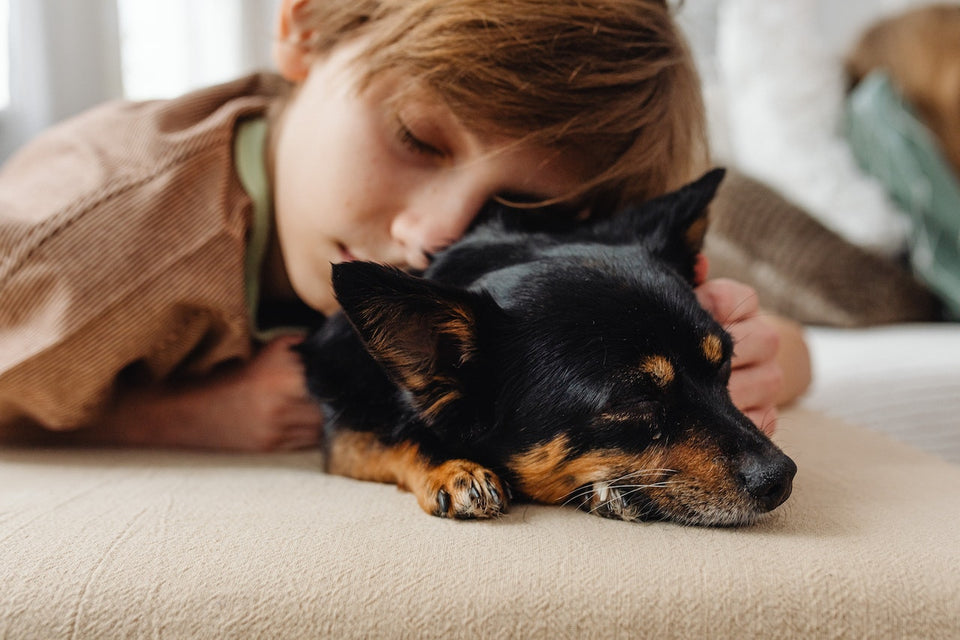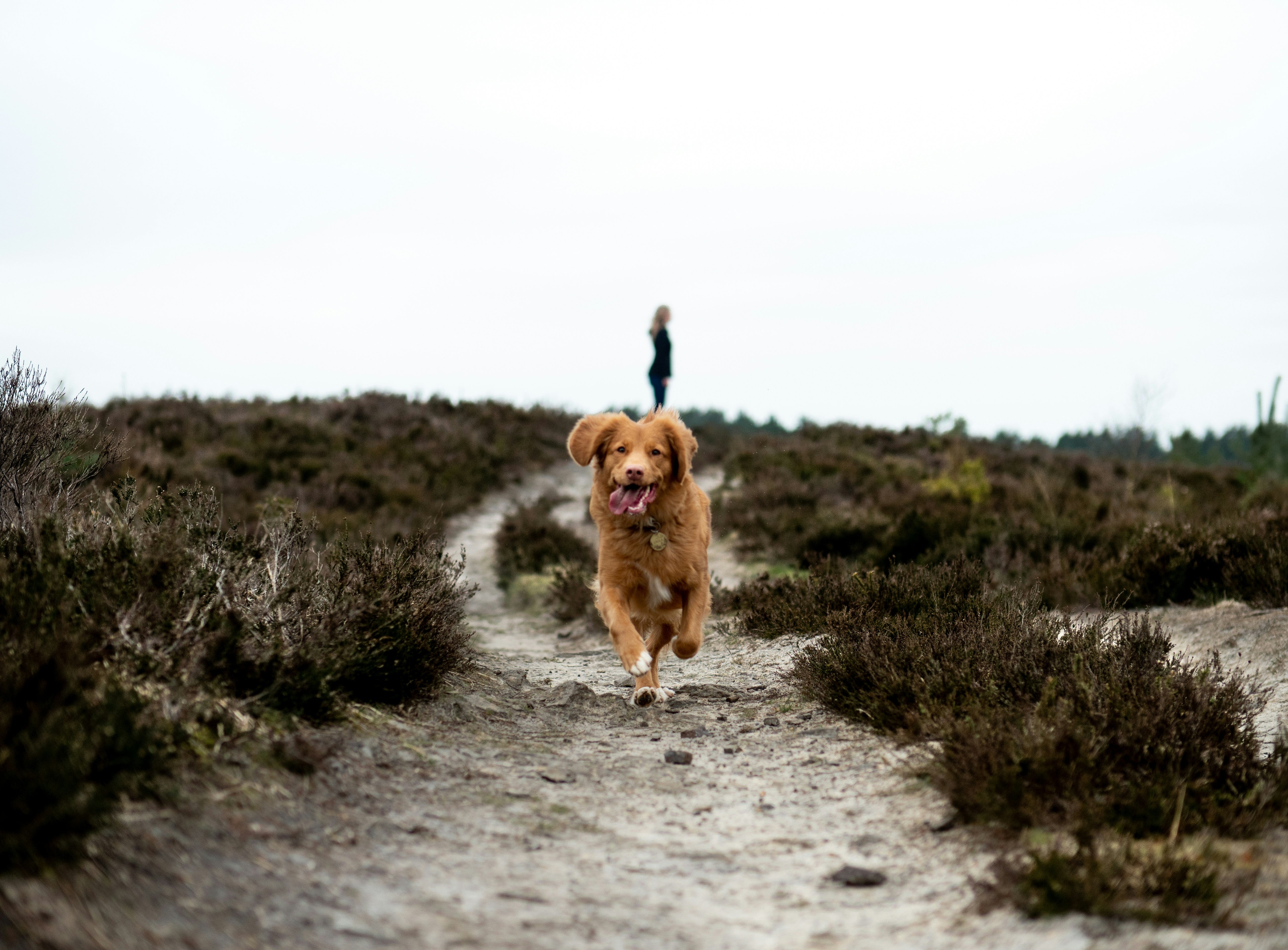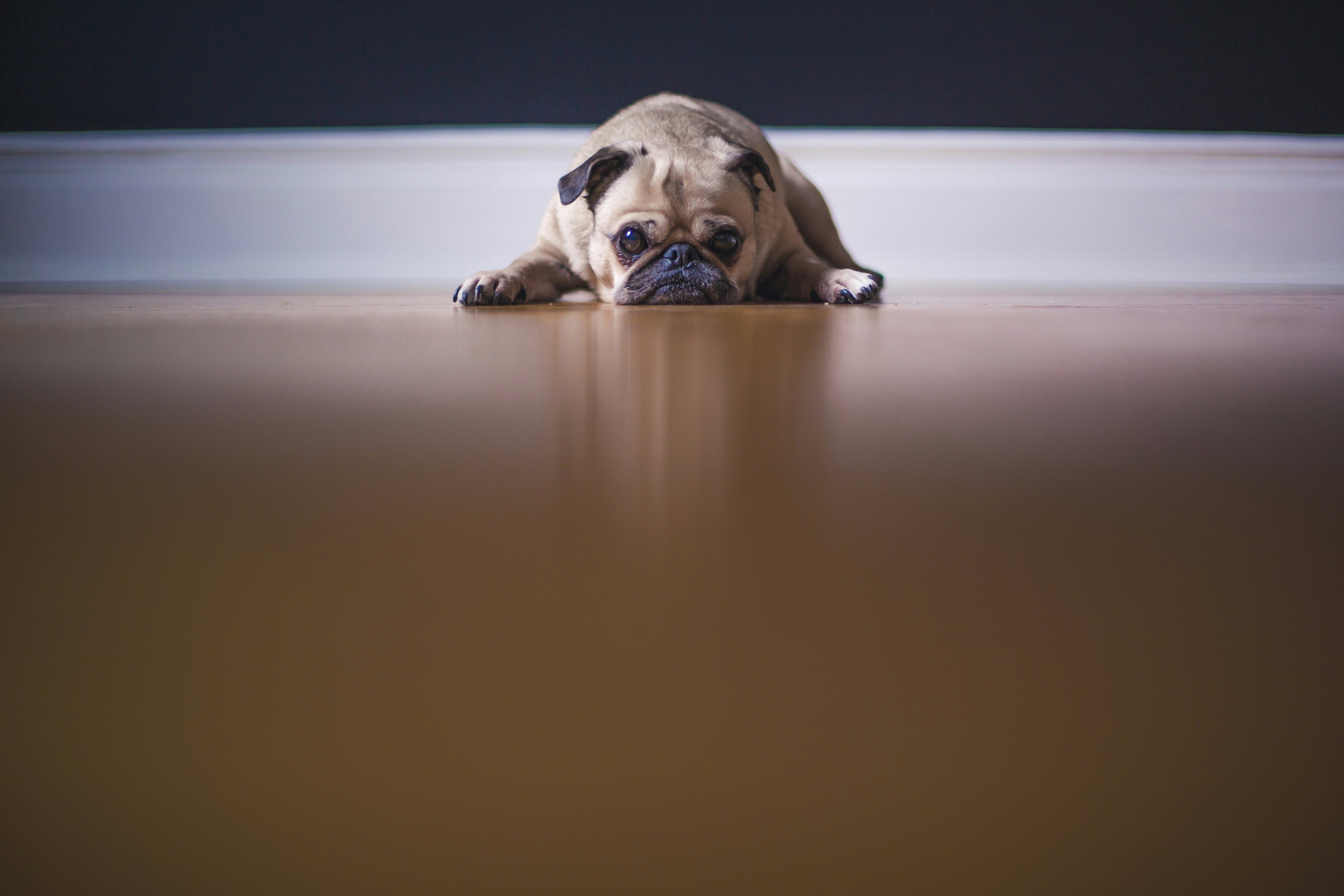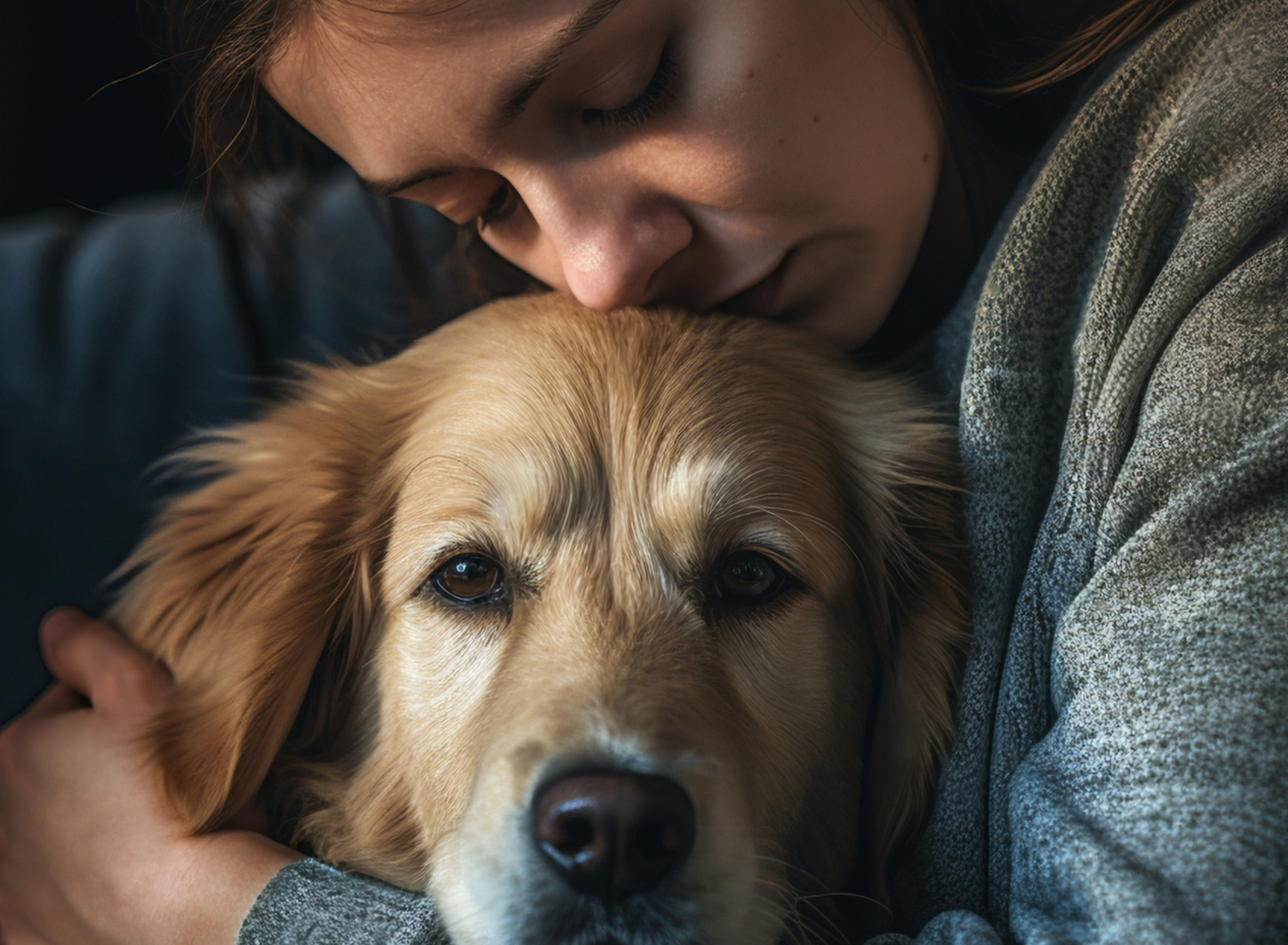
Why Do Dogs Twitch in Their Sleep, and Should You Worry?

Have you ever looked over at your sleeping dog to see them twitching around? At first, the sight can be concerning. After all, their movements look strained and jolty in a way that looks like it could be painful.
So, is there a cause for concern? Is it bad for a dog to twitch in their sleep? Are they having a seizure?
This article will break down everything to answer “Why do dogs twitch in their sleep?” By the end, you will understand why they do it, know when you should be concerned, and even learn a few things about helping your dog get a better night’s sleep.
Is a Dog Twitching in Sleep a Bad Sign?
If you’re worried about your dog twitching in their sleep, you can relax. Many dogs twitch in their sleep as a natural part of the sleeping process. It isn’t a sign that something is wrong but, instead, is just something they do.
Why Do Dogs Twitch in Their Sleep?
Dogs twitch in their sleep because of how their different sleep cycles are structured and interact. This happens in a way that is distinct for dogs and leaves them particularly prone to twitching.
The Nature of Sleep
To understand this, you need to understand how sleep cycles work. For most beings, sleep consists of multiple different cycles that run throughout the night. For example, the human sleep cycle consists of around 90 minutes of sleep that isn’t REM, followed by a shorter period of REM sleep. After the REM sleep, the process starts back at the beginning. This happens a few times over the course of the night, with early cycles lasting 70 to 100 minutes and later cycles lasting 90 to 120 minutes.
During these cycles, a few things happen. During the periods of REM sleep, dreaming takes place. In addition, the end of the cycle sees a period of potential wakefulness, where waking up is more likely.
Show your pet you love them and want to be close to them. Rest and relax with your furry friend in the PupCloud™ Human-Size Faux Fur Memory Foam Dog Bed - White with Brown Accents. Curl up with your pup in a bed you can both feel comfortable in.

Dog Sleep Cycles
Dog sleep cycles are similar in that they include pre-REM sleep, REM sleep, and a period of wakefulness between the cycles. However, they are still different from human cycles, with the biggest difference coming from the length of the cycle. Dog sleep cycles only last for around 45 minutes. This makes them much shorter than human sleep cycles.
This difference causes a difference in the nature of their sleep. Since dog sleep cycles are shorter, the time between REM sleep and wakefulness is also shorter. So, there can end up being some overlap between these times. If this is the case, dogs may try to act out what is happening in their dreams during the time of wakefulness. This can lead to them moving around or twitching in their sleep. This is even more likely if they aren’t comfortable where they are sleeping, which can lead to even lighter sleep.
In addition, some dogs have trouble with their pons, an area of the brain that controls movement during sleeping. When functioning properly, this area of the brain prevents movement during sleep. This is important in preventing anyone sleeping from acting out during their dreams. However, if it malfunctions, it can lead to twitching.
The Difference Between Twitching and Seizures
So, it isn’t dangerous if your dog is twitching in their sleep. However, how can you know that the twitching is just twitching? How do you know it isn’t something more serious, like a seizure?
The answer lies in timing. When a dog is twitching in their sleep, it will only last a few seconds. They usually briefly act out something from a dream and then return to normal. In this case, you have nothing to worry about.
If it lasts longer, you likely aren’t dealing with normal sleep twitching. Dog seizures can last anywhere between one to two minutes. So, if your dog’s twitching lasts over 30 seconds, especially if it lasts upwards of a minute, you have cause for concern.
In this case, it is best to consult your vet. You can take them in at any time and shouldn’t bother waiting for the seizures to happen again.
If possible, though, you should provide your vet with a little more information. Try to take a video of your dog while they are twitching. This will give an accurate picture of what your dog is experiencing and how long it is taking. You can then present this video to your vet so that they can observe the phenomenon for themself.
Related: Why Is My Dog So Tired? Understanding Canine Lethargy
Other Sleep Issues
It may be that your pet’s issue isn’t from seizures but also isn’t normal. They may have a REM sleep disorder that is causing the trouble. If this is the case, you will need to work closely with your vet to find a solution.

Improving Your Dog’s Sleep
If you’ve determined your dog’s issues aren’t from abnormal problems, you may want to go about trying to find a way to improve the sleep they are getting. This may allow them to obtain deeper and more restful sleep.
For one, you should avoid sleeping with your dog. This has been shown to provide worse sleep for both parties. Instead, let your dog sleep in their own dog bed. Specifically, set them up in a dog bed that is comfortable and provides some orthopedic support. This will allow them to stay comfortable and, thus, sleep better through the night.
In addition, make sure your pet is getting enough exercise. If they haven’t burnt off some energy during the day, they will sleep worse at night. Make sure you are at least taking them for a walk. You can even use this walking time as an opportunity to get some training benefits as well.
The Truth about Dogs Twitching in Their Sleep
Dogs twitch in their sleep, and most of the time, it isn’t a problem. You have nothing to worry about as long as you have determined they aren’t suffering from seizures or another disorder. Instead of worrying about it, just focus on making sure your pet is getting enough rest and that the rest is comfortable for them.
Give your dog a comfortable and supportive place to rest. Protect your couch with the PupProtector™ Waterproof Couch Lounger - Polar White while providing your pup with supportive bolsters.
Share this article
written by


